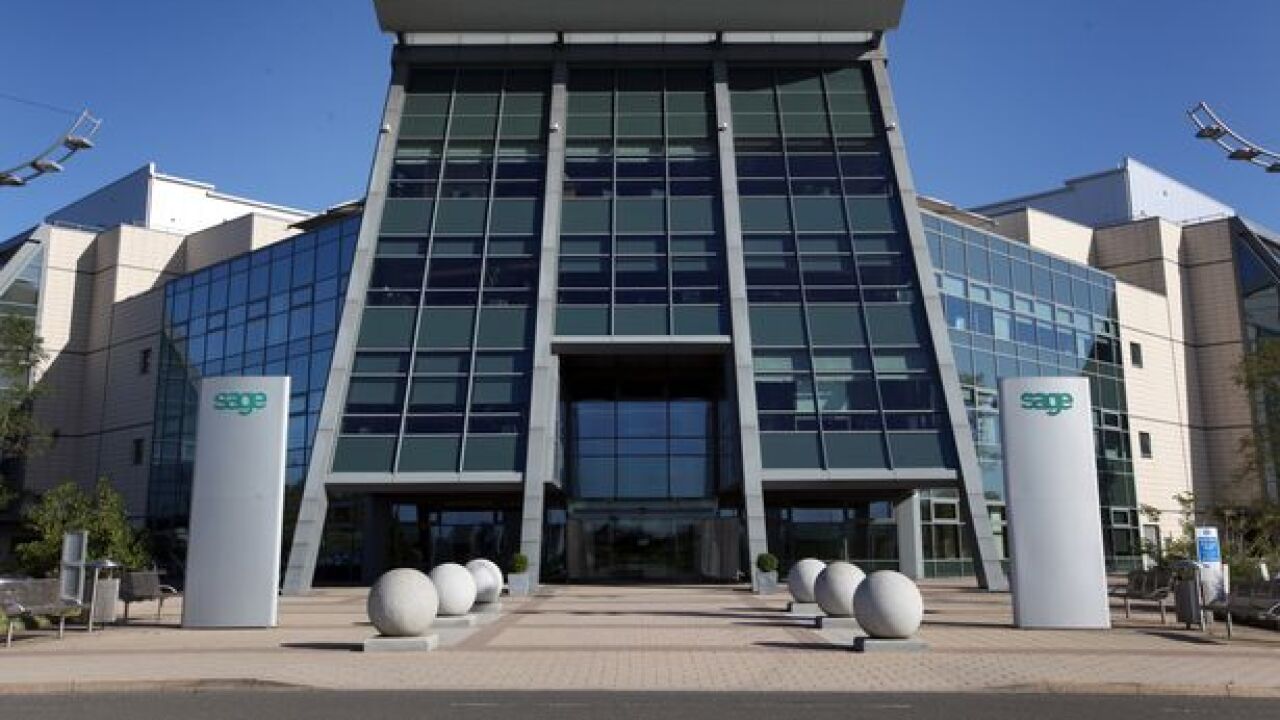The clock is ticking for wealthy investors to grab one particular morsel of a colossal tax incentive.
Meanwhile, the incentive, Opportunity Zone funds, may face a time bomb in the Biden administration’s proposed tax increases.
The funds, which invest in real estate in low-income or economically distressed communities, sport three lucrative benefits — two that shrink and defer old tax bills on an investor’s prior gains that are rolled into the funds, and a monster one that eliminates future tax on the fund’s eventual profits.
One perk, a 15% reduction in capital gains tax that is deferred on dollars poured into a fund, already disappeared for investors who jumped in after 2019. Now it’s only a 10% reduction, and it’s available only if investors who didn’t buy in 2019 or earlier invest by the end of this year. Regardless of when an investor gets into a fund, their skinnier, postponed tax bill comes due at the end of 2026.

The third benefit, the biggest of them all, isn’t going away until 2027. It allows investors who hold onto their stakes for at least 10 years to avoid all capital gains tax on the fund’s profits — a perk dubbed “
Spanner in the works
Some financial advisors say that the potential spanner now in the works is President Joe Biden’s proposal to nearly double the current capital gains rate, now 23.8% (including the 3.8% Affordable Care Act surcharge). The administration wants a 43.8% rate to kick in
“It’s very possible that people may be at a higher capital gain for the invested part” in an OZ fund, said Scott Bishop, the executive director of wealth solutions at Avidian Wealth Solutions, a registered independent advisor (RIA) in Houston. As such, “it may not make sense” to put money into a fund.
Bishop said he was pausing putting high net worth clients into the funds until late fall.
“I’ve stopped recommending them until we know more about the tax changes,” he said.
A key date
Regardless of how well they perform, an investor has to pay the taxman on the deferred, reduced amount when she files her 2026 returns the next year (or earlier, if the fund goes belly up). Which means she has to have substantial cash on hand to write a check to the IRS, because the fund won’t yet have been in existence for the 10 years required to throw off tax-free profits. That threshold comes in
Still, some funds have structured themselves so that they can
In the three and a half years since Qualified Opportunity Zone funds, known as OZ or QOZ, emerged in the 2017 tax code overhaul, investors have poured $
Under the OZ incentive, investors can invest only dollars that are profits from other investments. They have to do so within 180 days of realizing those prior gains.
The gamble
The funds have attracted capital in part because there’s so much money sloshing around after many pre-pandemic years of a strong economy and booming stock market. At the same time, Biden’s potential tax increases have spurred many small business owners to “
“Some people say, ‘let’s lock in the lower rate now,’” said Sean Gould, a senior wealth strategist at Waddell & Associates, a fee-only firm in Memphis, Tennessee. But not every client wants to defer the tax owed on a business sale — particularly if rates are going up — and so an OZ fund isn’t for them, he said.
Meanwhile, not every advisor thinks
For some affluent clients,
A piece of the action
Avidian’s Bishop said that “very few” RIAs offer access to the funds, and those that do are typically affiliated with brokerages. The reason, he said, was that OZ investments involve tax advice, something the majority of the
But it’s easier than perhaps commonly thought, if an advisor and client are in the know. Both Cresset and
Easy to screw up
The IRS has
There’s another risk as well:

“The question is whether the forgiveness of a small piece of tax and the potential for higher capital gains will offset the growth of those funds at very high prices,” he said.
And whether tying one’s money up in an illiquid real estate investment for a decade is a good idea. “You have to be wealthy enough to take the risk,” said Rosalind Sutch, a CPA at Drucker Scaccetti. “You’re talking about development deals, which are a gamble.”








